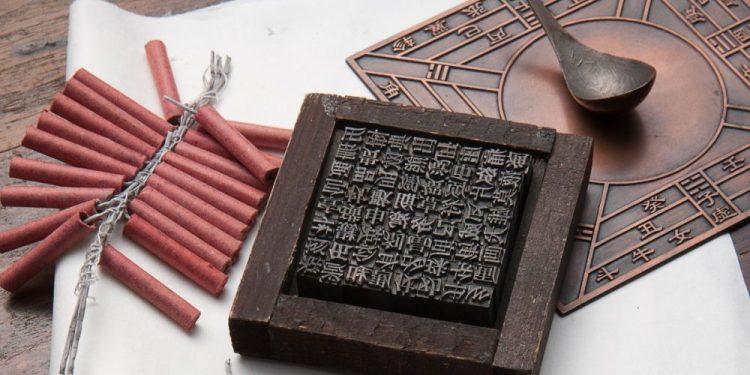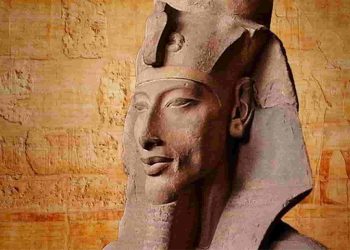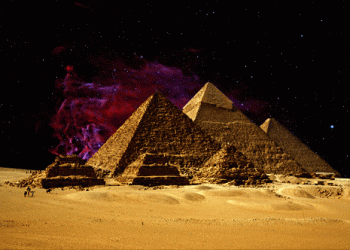We are so used to the amenities of our modern lives that we hardly think about how most of our most used daily items were created in the first place. The simple truth is that the majority of simple consumables and objects we use on a daily basis originate from ancient times.
We often refer to Egyptians, Romans, and Greek for the greatest inventions of the ancient world and we forget the Chinese, who perhaps gave us the majority of significant creations, many of which we continue to use on a daily basis.
Here are the 10 most significant Ancient Chinese inventions we use today.
1. Compass
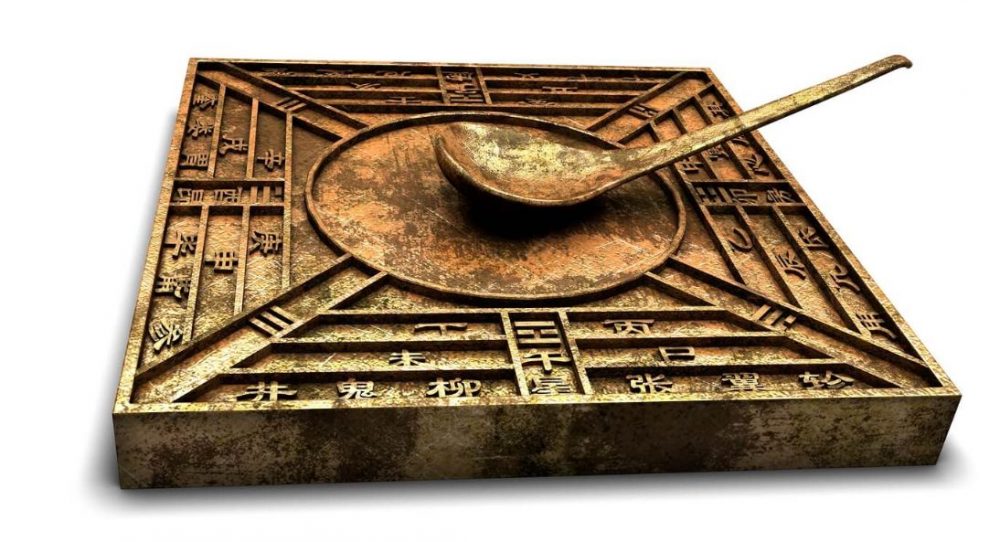
The most ancient version of the compass originated from around the 2nd century BC and was called a south pointer. This is because the south was the cardinal direction for this ancient civilization.
It included a suspended lodestone that the Chinese found out would point towards the magnetic poles by aligning with the magnetic field of our planet. Originally, it was used in fortune-telling and architecture until the Chinese figured out it could be used for traveling.
About a millennium later around the 10th century, they were already using it as a navigation tool on their ships.
2. Gunpowder
The origin of gunpowder is curious. It is said that the ancient Chinese were searching for a potion for immortality when they found the formula for gunpowder.
It included sulfur, potassium nitrate, and charcoal. Although it was invented around the 9th century, nobody documented the formula until the 11th century during the Song Dynasty.
How different history would be was it not for this particular ancient Chinese invention, don’t you think?
3. Porcelain
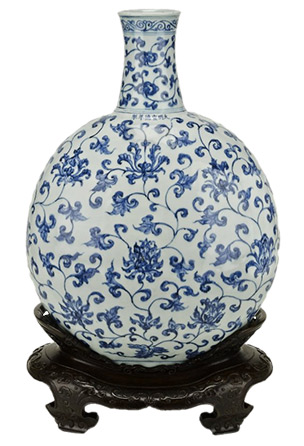
The exact date/time of origin of porcelain as we know it today is unknown but we know that it already existed in this form around the 10th century. It was around that time when porcelain production developed immensely and the quality was improved.
Other than that, we know that a more basic form of porcelain existed during the Shang Dynasty (1600 – 1046 BC).
4. Paper
Although the discovery of paper is linked to 105 AD, recent archaeological discoveries suggest that it already existed in Ancient China from around 100 BC.
Back then, the paper was made from mulberry tree bark but the creator later included hemp and fishnets to strengthen it. It quickly became the official writing material and gained popularity not only in China but in the entire Western world.
5. Mechanical Clock
The first mechanical clock in Europe was created around the beginning of the 13th century. However, the Chinese had already discovered it almost 500 years earlier.
A Buddhist monk in 725 created a wheel mechanism that was run by dripping water. The wheel would make one revolution per 24 hours, thus showing the exact hour at any point during the day.
This simple design was improved around the end of the 11th century by another Chinese inventor which, once again, is much earlier than the first European mechanical clock.
6. Tea
The discovery of tea can be considered a myth as the Emperor who discovered it has not been confirmed as existent. If we believe this myth, tea was discovered in 2737 by the mythical hero Shennong, also known as the father of agriculture, when a tree leaf fell into his cup of warm water.
Although tea production and usage were completely different several thousand years ago, we know that tea was predominantly used as medicine and rarely as a drink.
Here is a curious fact connected to Chinese tea – there is a 3200-year-old tea tree in Li Cang, China. It is the largest and oldest tea tree in the world.
7. Seismograph
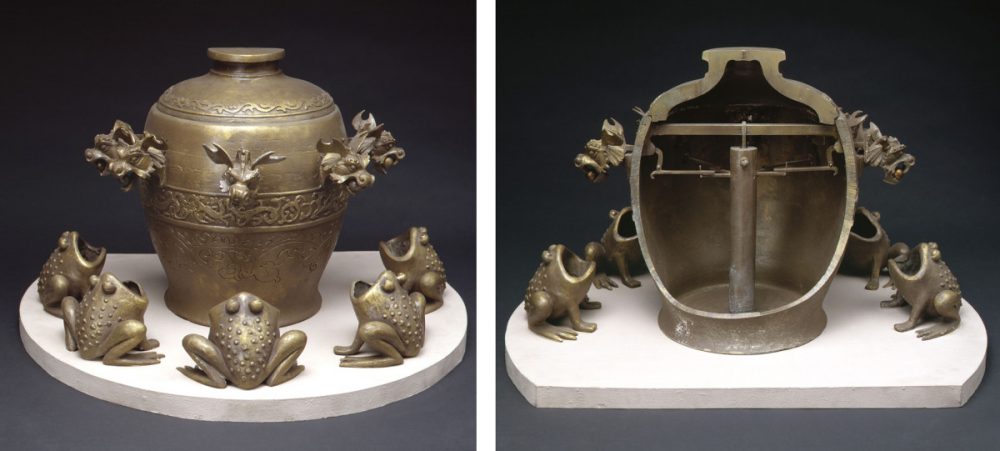
Yes, the contemporary devices scientists use today are incomparable to the simplistic concept used by the Ancient Chinese. Nevertheless, it was they who first invented the seismograph in 132 AD.
It had the shape of a large urn with 8 dragons directed at 8 different sides. Each of the dragons was facing downwards and had a small ball in its mouth. In the case of an earthquake, the dragon facing the closest direction would open its mouth releasing the ball into the mouth of small bronze frog underneath.
Furthermore, this release created a sound that indicated that there is an earthquake. This is how ancient Chinese were able to determine the relative location of earthquakes.
8. Movable Type Printing
Arguably the greatest ancient Chinese invention was the technique for movable type printing created sometime in the 10th century AD. The inventor, Bi Sheng, carved separate characters for each Chinese sign from clay. Using glue, transcribers would put the characters in an iron plate for an entire page which would then be used to make numerous copies of the same print.
Once finished, the iron plate was to be broken down in order for the clay characters to be used again for a different page using the same technique.
This printing method was transported to the Arab and Western world through the Silk Road where it too became widely used.
9. Forks
This is not one of the common inventions linked to China perhaps because the discoveries about forks are quite recent.
History tells us that Europe adopted the use of forks not earlier than the 18th century. Archaeology tells us that the Ancient Romans used forks in the 4th century AD.
The truth, however, is that recent discoveries found forks of similar concepts to our modern utensils that date back to the 2nd century BC. Yes, the Chinese have never been too fond of forks and it is curious why if they created them millennia ago.
10. Rockets
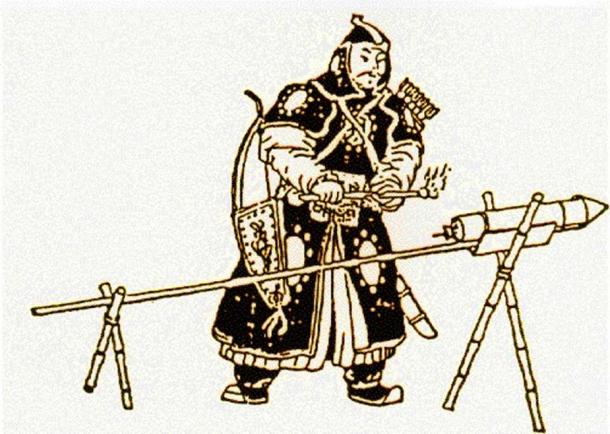
The ancient Chinese military had one advantage over its opponents – an ancient type of rockets.
Now, there are multiple versions of this weapon that historians argue about. Some claim that it was used with a large bow, others say that it was ignited by gunpowder and shot in the air.
All we know for sure is that the Chinese filled paper tubes with a lot of gunpowder and found a way to launch them towards their enemies. As you can tell, these weapons had devastating power in comparison to the regular ancient weapons.
Last but not least, the ancient Chinese rockets were also used as fireworks during their festivals.
Join the discussion and participate in awesome giveaways in our mobile Telegram group. Join Curiosmos on Telegram Today. t.me/Curiosmos



